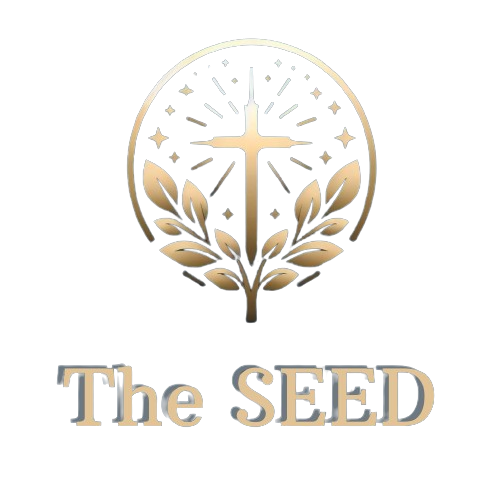Second Sunday of Lent:
Reading 1: Gn 22:1-2, 9a, 10-13, 15-18
Responsorial Psalm: Ps 116:10, 15, 16-17, 18-19
Reading 2: Rom 8:31b-34
Gospel: Mk 9:2-10
The Transfiguration is a significant event in the life of Jesus, as recorded in the New Testament gospels of Matthew, Mark, and Luke. It is the moment when Jesus is transfigured before his disciples, with his face shining like the sun and his clothes becoming dazzling white. Moses and Elijah appear and talk with him, representing the law and the prophets.
This event is seen as a sign of Jesus’ divine nature and a prefiguration of his resurrection and glory. It also serves as a validation of Jesus’ authority as the Son of God. The Transfiguration is often interpreted as a foreshadowing of the Second Coming of Christ and a foretaste of the heavenly kingdom.
This a day to reflect on the glory of Christ and the promise of his final triumph over sin and death. The Transfiguration serves as a reminder to us of the majesty and power of Jesus, as well as the hope of eternal life in his kingdom.
Elijah and Moses appeared alongside Jesus during the Transfiguration. Their presence during the Transfiguration served to highlight Jesus’ role as the fulfillment of the law and the prophets. Some interpretations suggest that Elijah and Moses appeared to bear witness to Jesus as the Messiah and to confirm his identity as the Son of God. Their presence also symbolized the continuity between the Old Testament and the New Testament, showing that Jesus was the fulfillment of the prophecies and promises. Overall, the appearance of Elijah and Moses at the Transfiguration was a powerful and symbolic moment in the life of Jesus, affirming his divine nature and his ultimate purpose as the Savior of the world.
What is blinding me / keeping me from recognizing God’s glory and presence in my life?
Is it my sin? Is it my unbelief?
How spiritually awake am I to Christ’s presence and teachings (his word)?


No responses yet